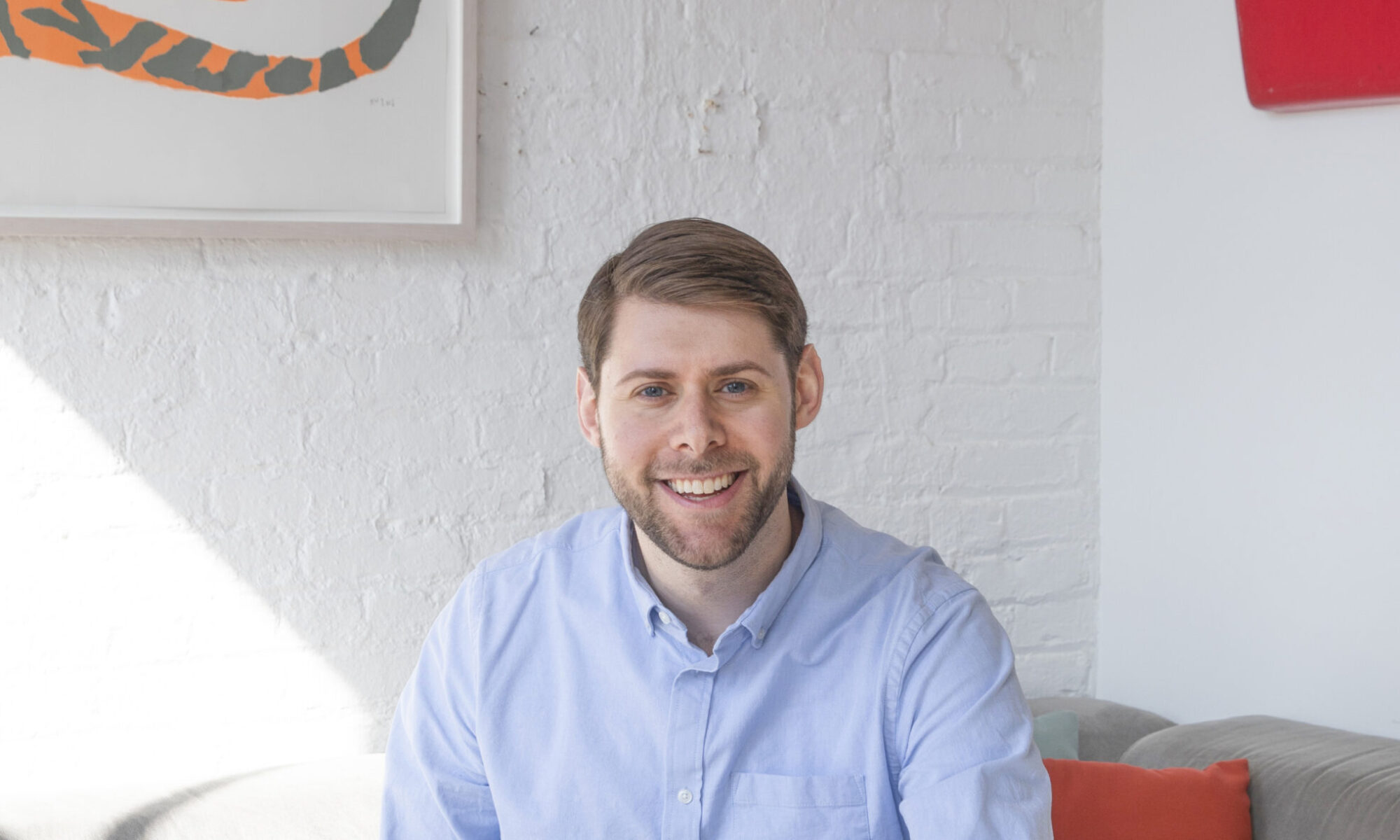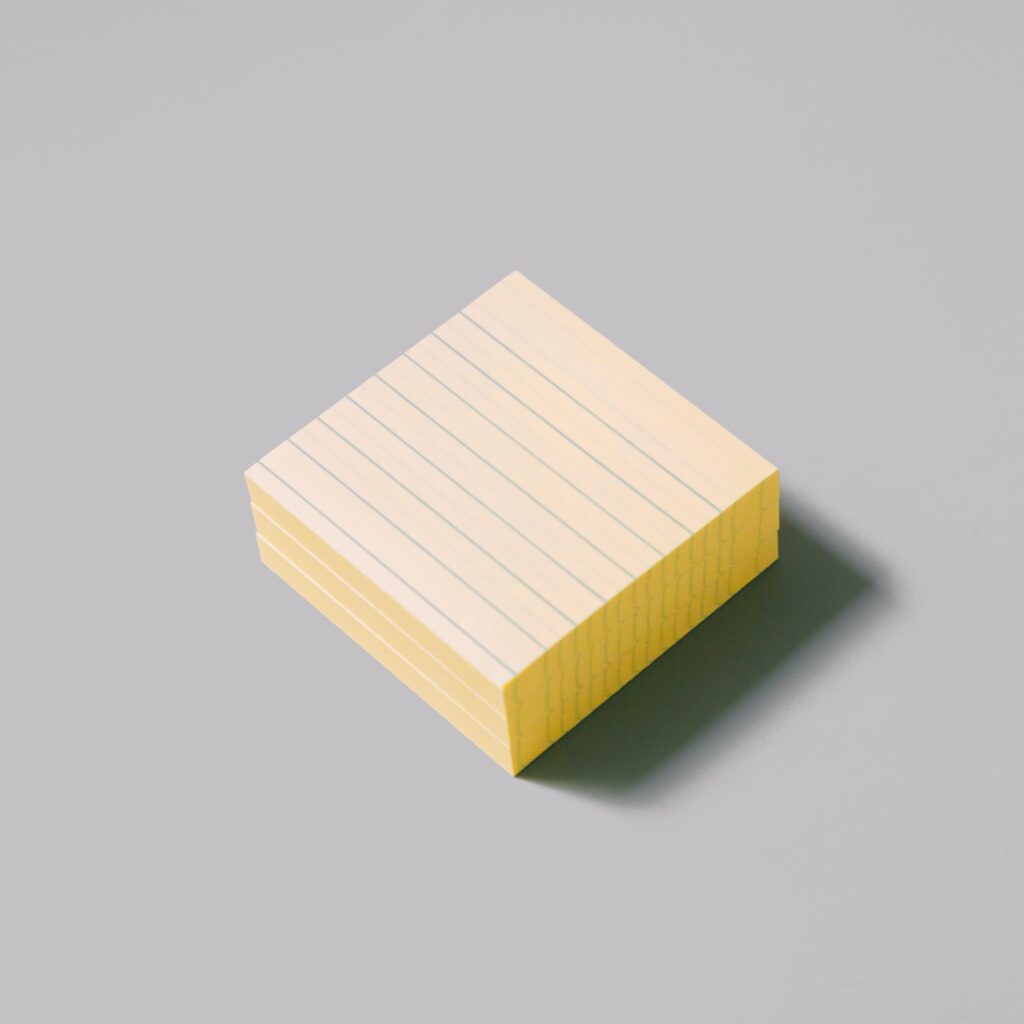A few weeks at the PGA Championship, I watched as Garrick Higgo — a 22-year-old South African — teed off on Sunday at 7:40 a.m. That’s what happens when you’re eleven shots over par, as Higgo was after three rounds. (For the non-golfers out there: The pros typically shoot several shots under par.) He’d had a tough tournament, and I was mostly watching because, well, it was something to do while eating breakfast on a Sunday. I watched Higgo for a little while, and it was clear that he could play — it just hadn’t been his week. He hit several shots close to the flag, and seemed to play freely without the pressure of having to worry about winning the tournament. The announcers mentioned that Gary Player, a retired South African golfer and winner of nine major championships, was a mentor of his. (Not bad when your mentor’s in the Hall of Fame.) That Sunday was Higgo’s best round of the entire event: He shot a 69, good for three shots under par. The PGA Championship was his first-ever PGA Tour event.
I remember watching and thinking: Here’s a pro golfer — he’d never played on the PGA Tour, but he’d won several events in Europe — who clearly could play. In his previous four pro events, he’d finished in the top ten all four times, and won two of them. But even a pro sometimes can’t seem to find his swing.
Anyone can have a bad day, or a bad weekend, even if you work hard and have all the talent in the world. As a friend from the midwest once put it, folksily: “One day chicken, next day feathers.” Bad days happen.
Still, you keep moving forward. The PGA Championship was Higgo’s first-ever PGA Tour event. But I imagine Gary Player told him after the tournament: Pick up your head, kid. If you do the work, and keep competing, you never know when you’ll break through.
Turns out he didn’t have to wait long. A month ago, in his first PGA Tour event, he finished in 64th place, fourteen shots behind the champion. Today, in his second PGA Tour event, Higgo won the whole thing — and the $1.3 million grand prize that came with it.
I suppose there’s another fowl-friendly quote that my midwestern friend would’ve used for an occasion like this: Winner winner, chicken dinner.









